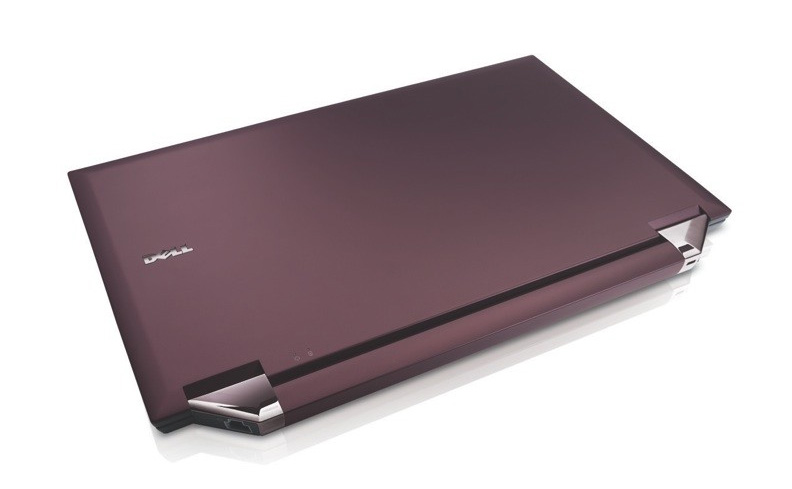
Finland’s Nokia has decided to toss its hand into the ring of digital music sales, announcing today the Nokia Music Store, launching "this fall" in key European markets, and expanding into additional European and Asian markets over the next few months. The Nokia Music Store will offer millions of tracks from major label artists as well as music from independent labels and regional artists for €1 per track, €10 per album, with a PC-based streaming subscription option for €10/month. At least for now, tracks will "typically" be offered in DRM-protected 192Kbps WMA format—thanks in part to Nokia’s recent deal with Microsoft to support Windows Media formats.
The Nokia Music Store is part of Nokia’s new Ovi brand of Internet services, currently comprised of Nokia’s music, mapping, and relaunched N-Gage mobile gaming service. The Nokia Music Store will offer both download-based and streaming music services, and PC-based music services by way of a new Nokia Music PC client, due to be available later this year. The PC client will support reverse synchronization of playlists, enable users to rip a conventional audio CD to both their PC and mobile device simultaneously, as well as automatically sync purchased music between mobile devices and a PC music collection. The Nokia Music Store will also offer dynamic recommendations based on users preferences, as well as genre-based "instant playlists" designed to help users discover (and, of course, purchase) new music.
"The Nokia Music Store brings together a powerful combination of great music and great devices in an easy to use way," said Tommi Mustonen, the head of Nokia’s music activities. "You can select from a huge range of music, including local music from your country, and download it directly to your Nokia device. You can choose between purchasing tracks a la carte via your Nokia device or computer, or you can stream an unlimited number of full length tracks to your computer."
Right now, there’s no word when (or if) Nokia plans to bring the Nokia Music Store to the North American market.
Of course, a mobile-enabled music service needs music-savvy mobile devices capable of browsing and downloading music content at acceptable speeds. To that end, Nokia also announced four new entertainment- and music-focused handsets for the European market, expected to begin shipping later in 2007 with prices ranging from €225 to €560. The Nokia N81 and N81 8GB will offer dedicated music and gaming keys in addition to Nokia’s stable of "multimedia computer" and smartphone functions. The Nokia N95 8GB will sport a five megapixel camera, GPS capability, HSPDA high-speed wireless access, and a mammoth (for a phone) 2.8-inch LCD display—and readers would be correct in assuming the N95 falls at the high end of the new handsets’ price range, above. Finally, Nokia is introducing two new XpressMusic handsets, the 5310 and 5610. The slim 5310 sports a 2 megapixel camera, a 2-inch LCD screen, 4 GB of onboard memory (with another 4 GB available via microSD expansion), while the 5610 builds on those specs with a 2.2-inch LCD display, 3.2 megapixel camera, and longer battery life.
Nokia’s Music Store—and associated media-centered handsets—may well find a foothold in the European and Asian markets, where high speed wireless networks are less fragmented than the North American market, and high-speed solutions like HSDPA are more practical. And even though Nokia is the world’s largest handset maker, it’s still looking to diversify its revenue sources as the mobile market matures: a solid content delivery business would be a good step in that direction. It remains to be seen whether Nokia will attempt to offer the services in the U.S. market, or will settle for merely partnering with U.S. carriers—which pretty much all run their own mobile music operations—to distribute North American versions of its media-centric handsets.
Editors' Recommendations
- Motorola launched two great Android phones, but one is better
- Heineken, the beer company, just launched a phone
- Everything you need to know about the massive Apple App Store outage
- Spotify vs. YouTube Music: so alike, but which is best for you?
- A new Android 15 update just launched. Here’s everything that’s new


